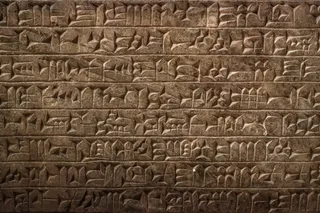Last week's discovery of 715 planets orbiting other stars was more than just a remarkable piece of astronomical detective work. It was also a bold confirmation that we have entered a new era of cosmic exploration. Sara Seager of MIT, one of the scientists leading the search for other Earths, beautifully expressed this sentiment to me in a recent interview: "For exoplanets, I see ourselves like the generation of Christopher Columbus. We are leaving a legacy in terms of us as a generation, and as a society."
The multitude of worlds found by the Kepler space telescope. (Conceptual illustration by NASA)
Often it is hard to recognize a revolution while you are right in the middle of it, but that is what I believe is happening right now. When future generations look back, as Seager suggests, I think they will recognize this time as the fourth great era of exploration, ...













